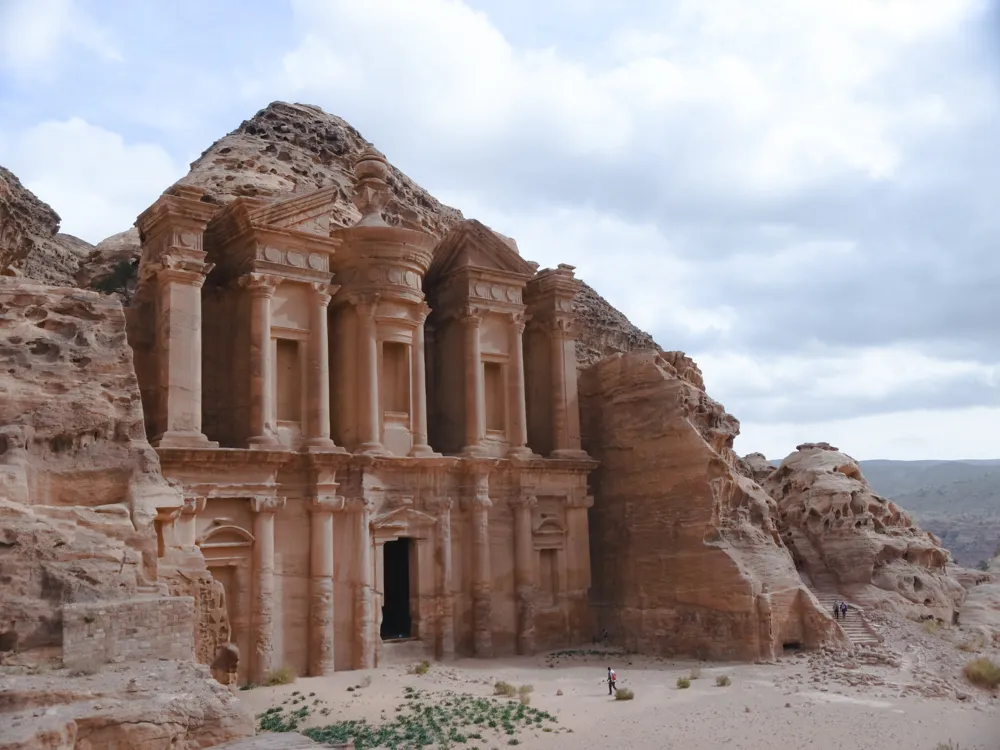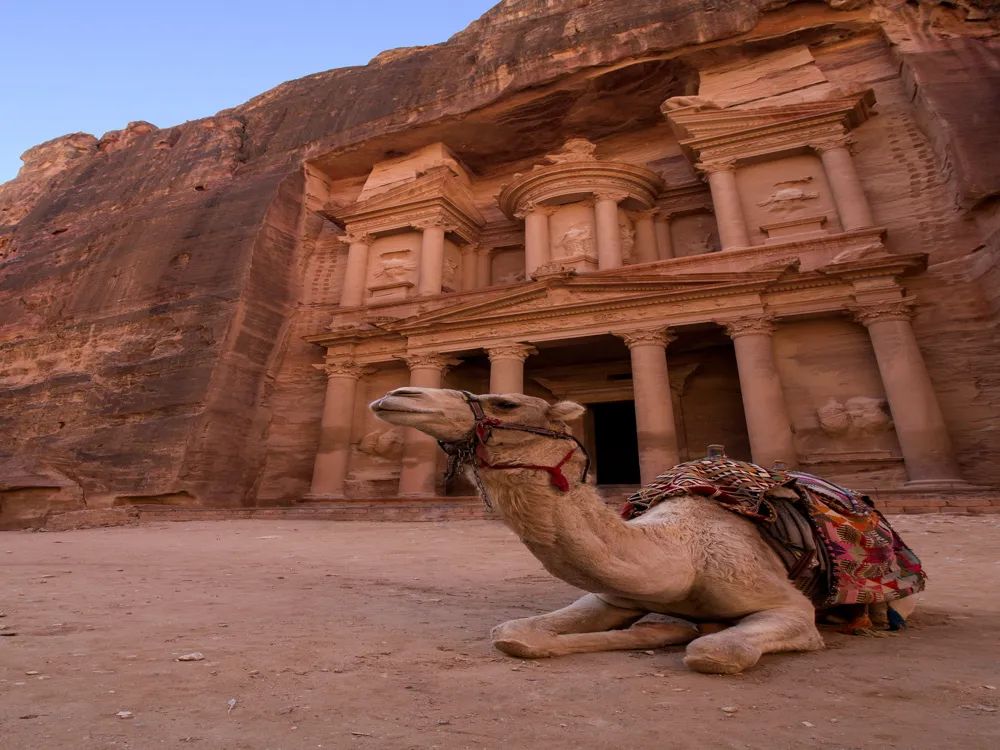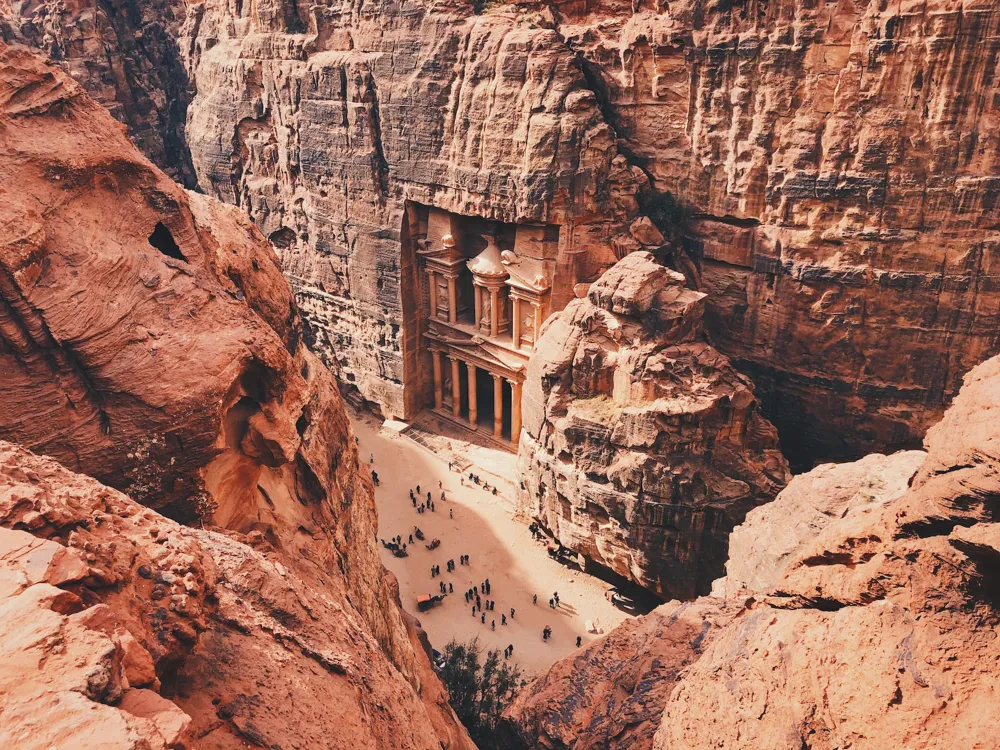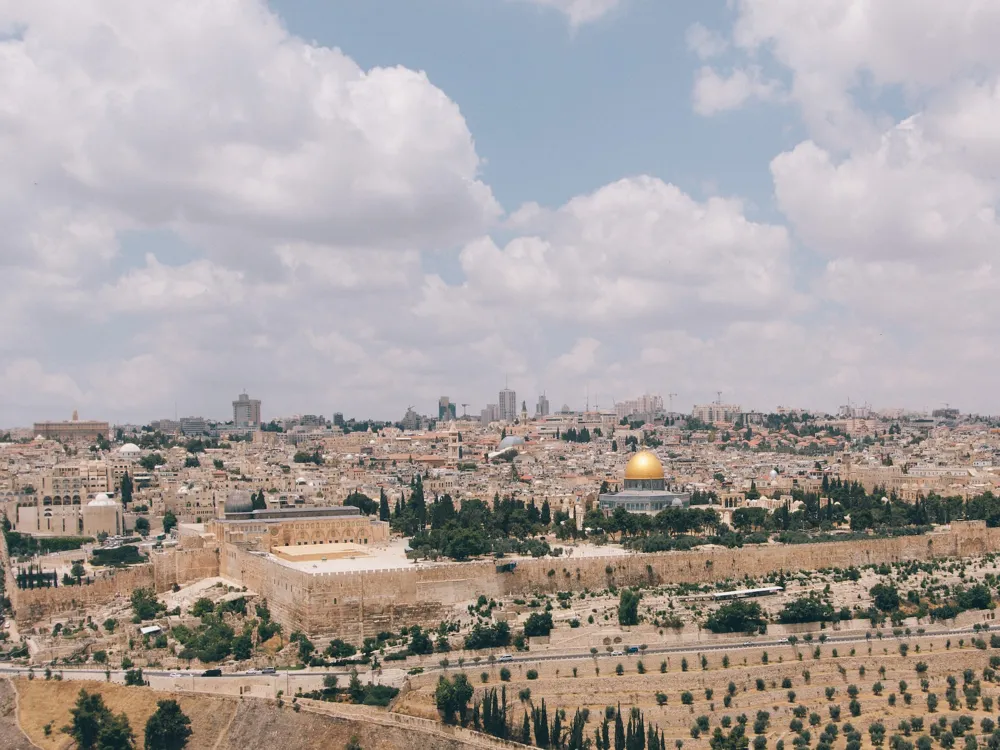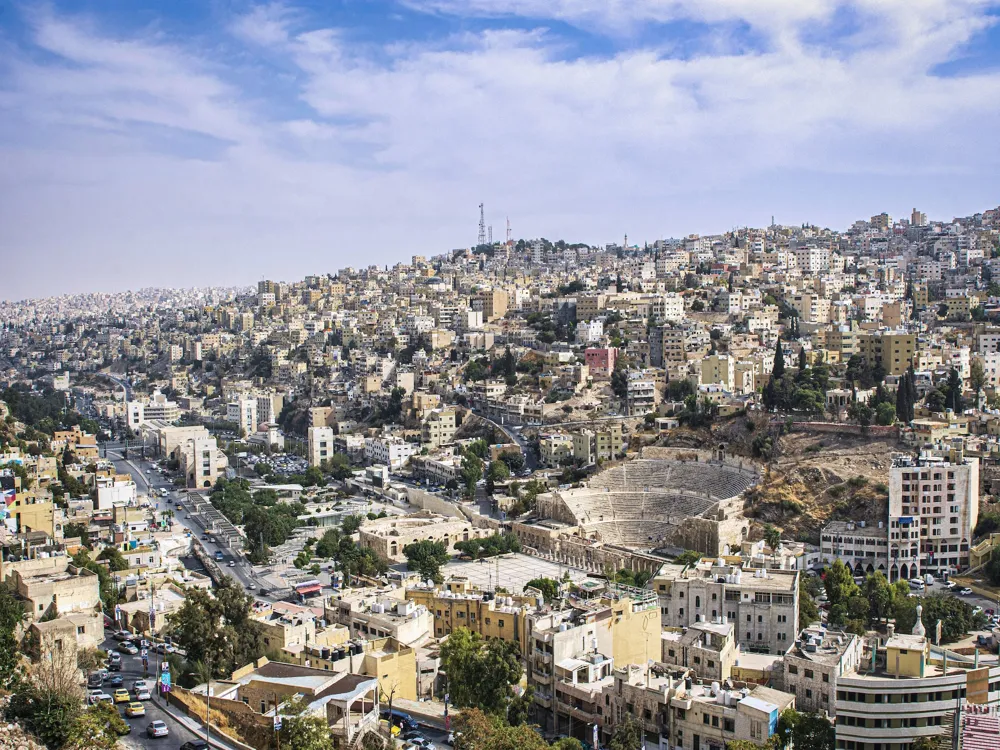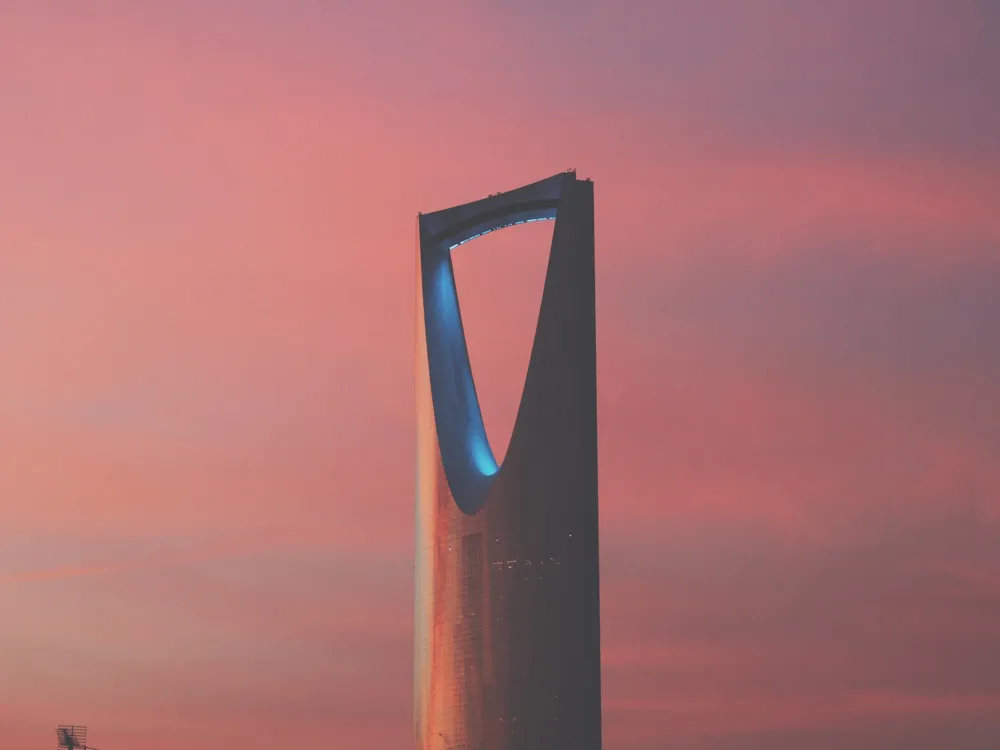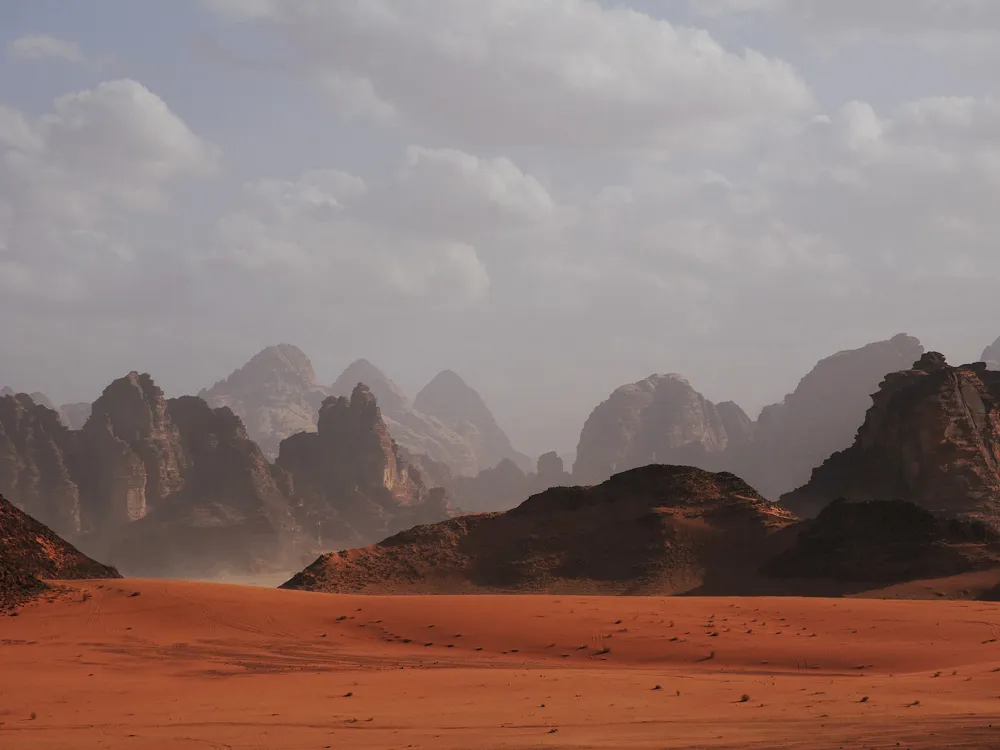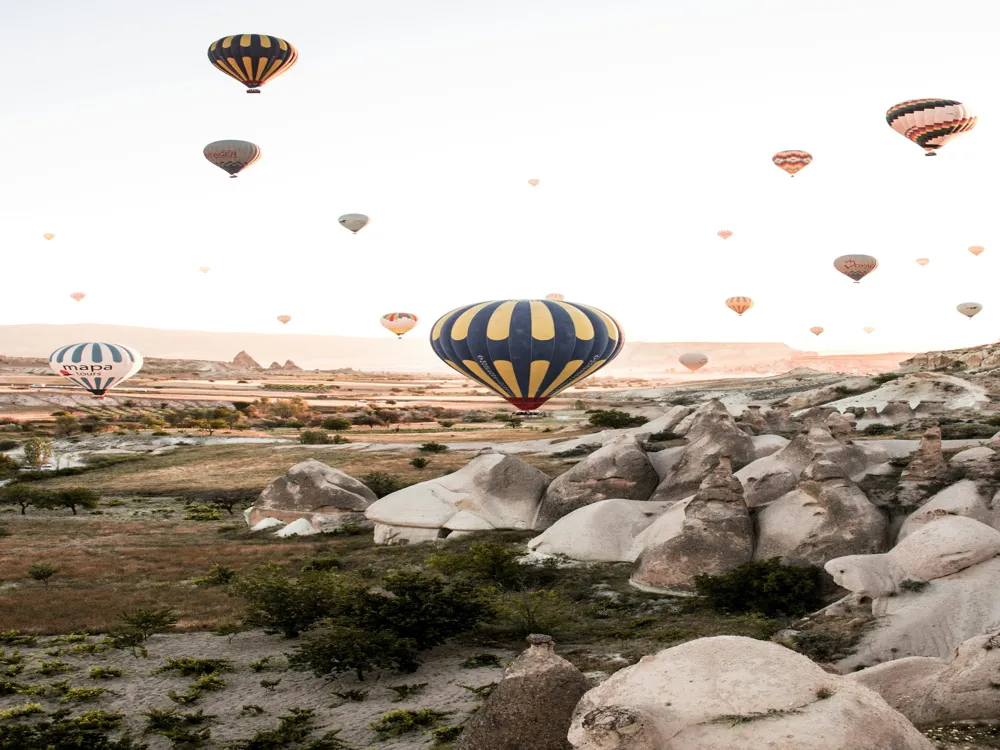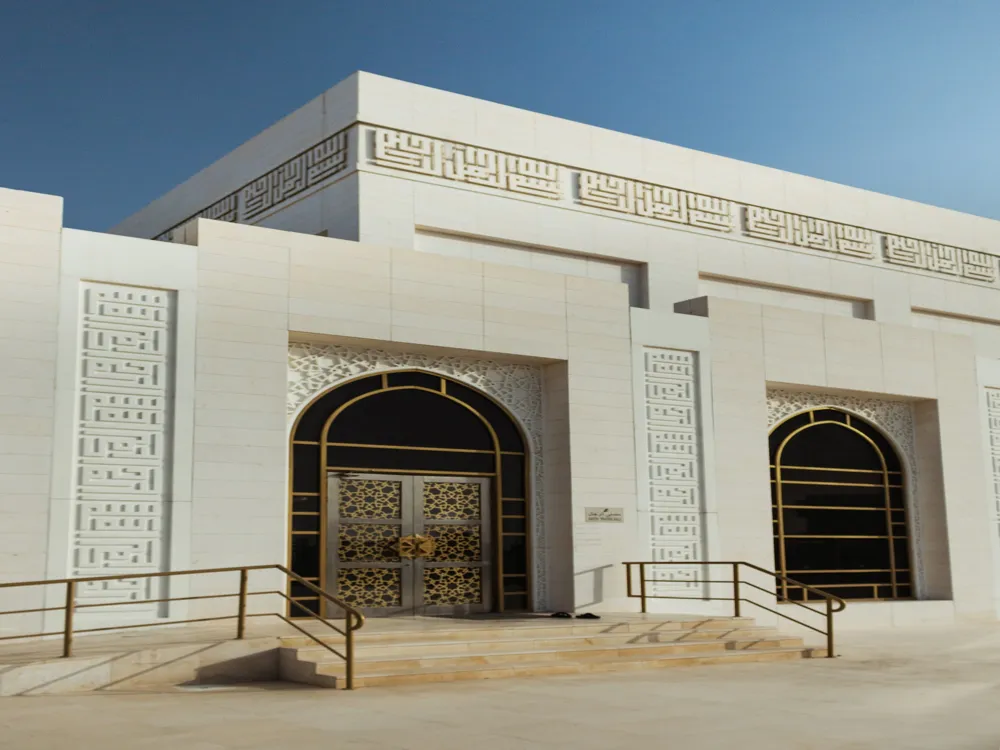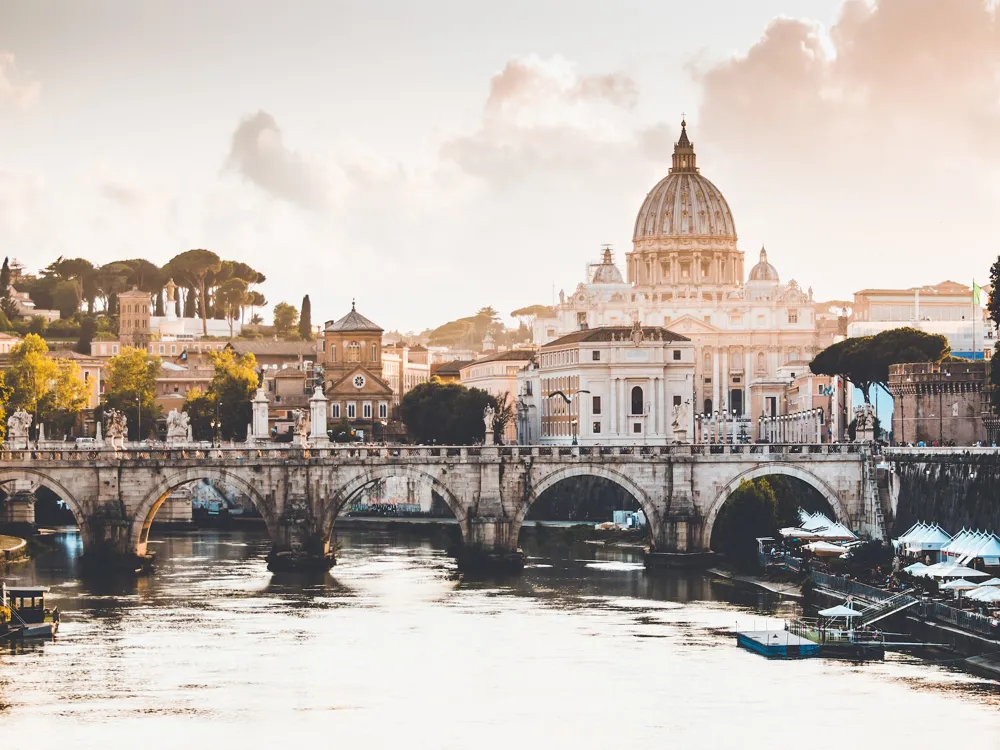Plan Your Travel To Petra
Places To Visit In Petra
Souvenir Shopping
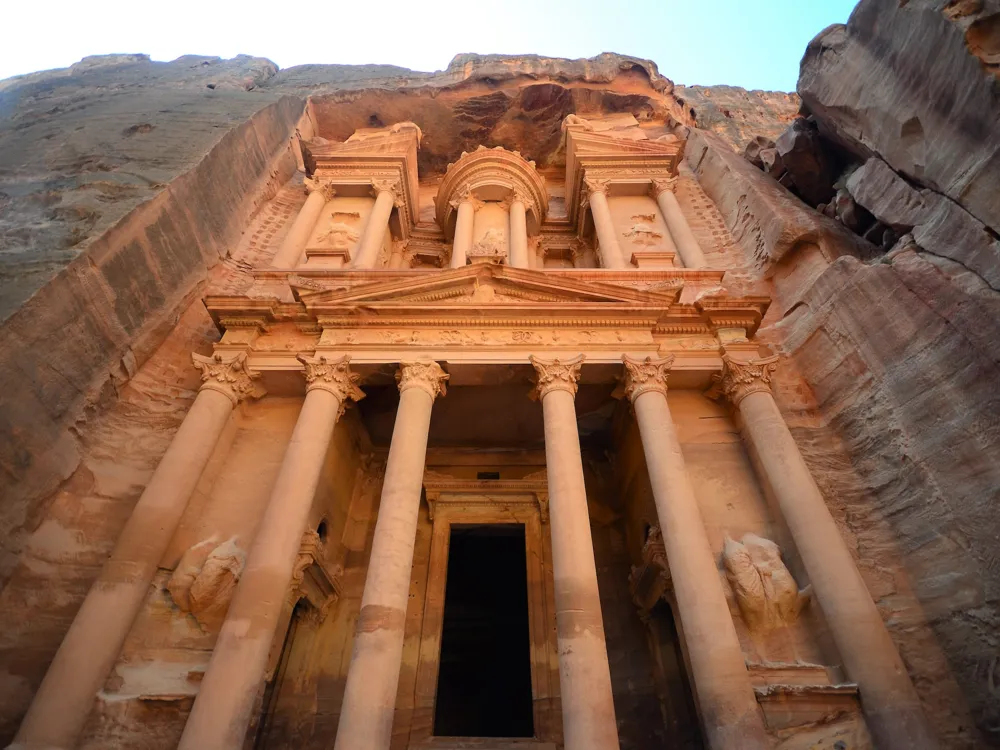
Petra offers a wealth of opportunities for souvenir shopping. One can buy various items such as handicrafts, wooden items, antiques, clay pots and much more as a reminder of the Rose City. Some of Petra's best places for souvenir shopping are the Town Bazaar, Souk Zara, Wadi Musa Silver Production Center and Petra Pottery Association. These shopping centers, except the Petra Pottery Center, are located in an area called Wadi Musa, close to Mövenpick resort Petra.
At Town Bazaar, one can shop for high-quality key rings, magnets and Dead Sea products at reasonable prices, while Souk Zara is more famous for selling antiques and traditional Jordanian souvenirs.Petra Pottery Association is a work of art. It sells authentic Nabataean pottery made from different types of clay with leaf and flower designs. At the same time, the Wadi Musa Silver Production is an initiative of the Nabataean Women's Cooperative that sells handmade jewelry such as silver necklaces, earrings, rings, bracelets, anklets, silver chains and pendants and much more. Wadi Musa Silver Production Center is temporarily closed until further notice but there are a plethora of local shops in Wadi Musa apart from those mentioned here.
Read More
Tomb of Aaron
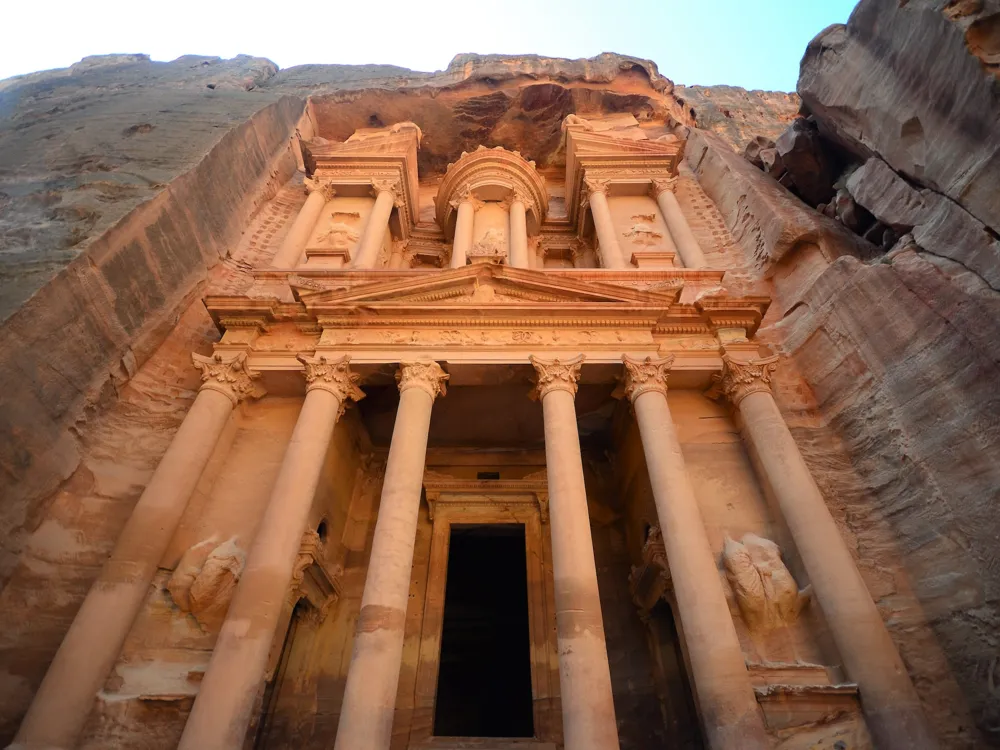
The tomb of Aaron marks the burial site of Aaron and is the highest peak in the region, about 1350 m above sea level. It is situated on Aaron's mountain (Jabal Haroun), a remote hilltop southwest of Petra. It is believed that when Aaron, the brother of Moses, died, he was buried in the Petra region, in this white-domed mosque, which was constructed in the 14th century.
The Tomb of Aaron consists of a room and a small courtyard. Its white dome covers the main room. Above the shrine's door is the date of its last medieval renewal, i.e., the Islamic year of 719 AH. Since the Nabateans inhabited Petra, this has been a holy shrine for Islam. Notably, the Jordanian authorities consider the Tomb of Aaron a mosque; hence they have forbidden Jewish prayer services there. Physical fitness is essential for the long off-beat hike to this site. Also, the Ruins of a Christian monastery from the Byzantine era are near this landmark. Besides, the Jabal Haroun also offers some picturesque views of the Arava, Petra's mountains, and the Israeli Negev Desert.
Read More
Tomb of Unayshu
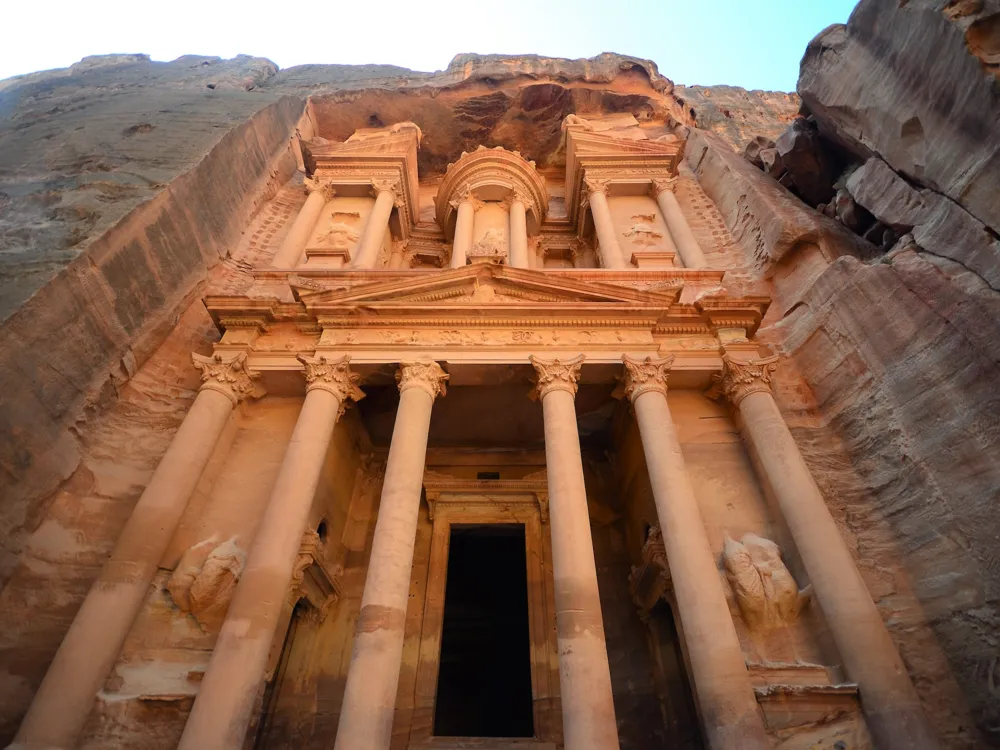
A tomb carved into the mountain Jabal al-Khubtha, the Tomb of Unayshu is a magnificent structure located to the right of the Street of Facades in Petra. It is primarily known for its architecture as there is nothing much inside besides 11 burial niches. This tomb also has a collonaded courtyard. It is a great place for photography as it offers great views of the Nabatean Theatre and other attractions.
It was built in the second half of the 1st century AD in honour of a minister of Queen Shaqilat II, the mother of the last ruler of the Nabatean kingdom. One of Petra’s Royal Tombs with a smooth facade, the Tomb of Unayshu is similar to those found in Saudi Arabia’s Mada’in Saleh. There are rocky stairs that lead up to the tomb, so be careful while climbing.
Read More
Urn Tomb
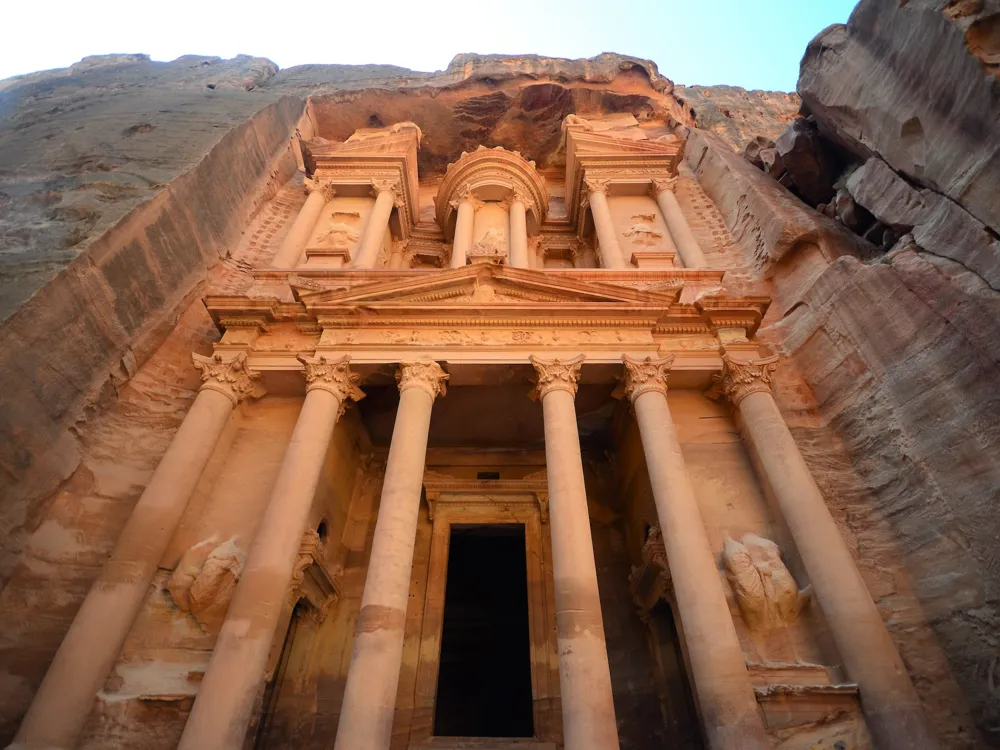
Urn Tomb is a historical monument that is an ancient burial chamber & Byzantine church near Wadi Musa in Petra, Jordan. It was sculptured out of sandstone cliffs and featured a collonaded terrace. The Urn Tomb is the most stunning among of Royal Tombs.
The Urn Tomb is situated on the East Ridge (or East Cliff), on the side of the Al-Khubtha mountain. In the north of the Urn Tomb lies the Silk Tomb, and to the north is the Corinthian Tomb. Notably, the facade of this ancient tomb is classified as built around BD 772 and is proposed to belong to the Nabataean King Malchus II (death in 70 CE). Looking at it from the outside, it is a tall facade like any other Nabatean tomb across Petra. However, it has a mesmerizing inside view when visitors step inside. Long stripes or bands of colours spread all around the walls of the carved mountain rock.
Read More
Temple of the Winged Lions
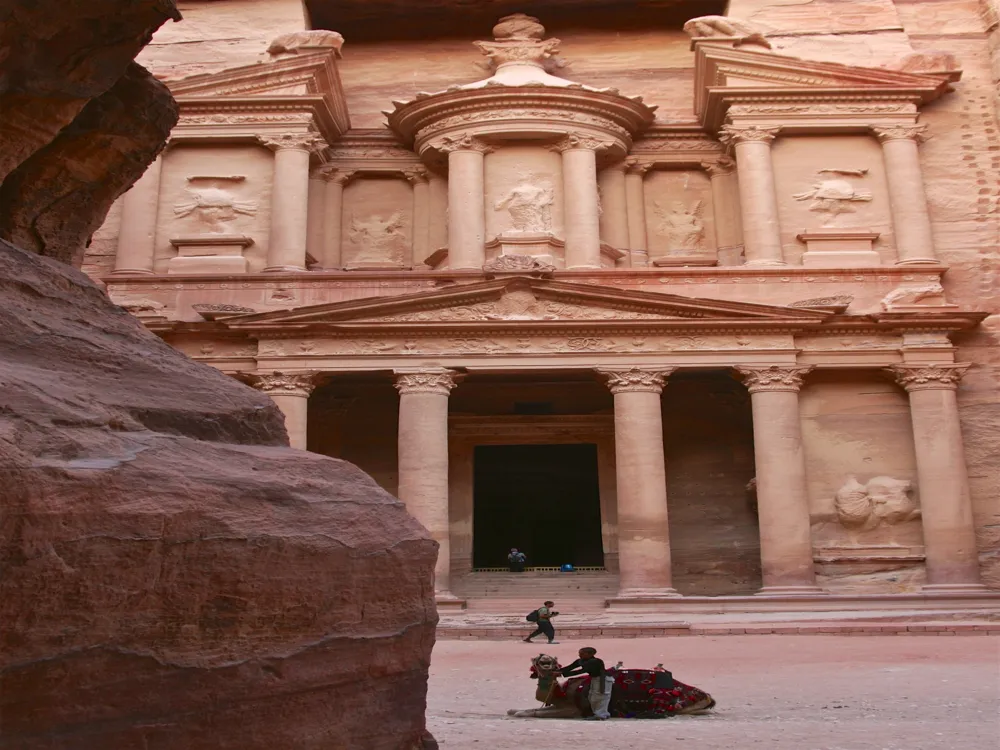
The Winged Lion Temple is a spectacular Nabatean temple complex situated in Petra's Sacred Quarter. It was built in the 1st century AD and is called so because of the winged lion capitals atop most columns here. Since it is on an elevated platform, the temple offers beautiful views of the surroundings.
The entrance to the Temple of the Winged Lione is through a double colonnade and leads to a cellar or an inner chamber which is flanked by columns. This chamber has a raised podium which perhaps held the statue that was the temple’s spiritual focus. Its walls (which contain niches that held idols and figurines) and columns are known for their beautifully carved floral and figurative designs. While there is doubt about the temple’s principal deities, it is believed that it could be the supreme Goddess al-Uzza or the fertility Goddess Atargatis. The Winged Lion Temple has been the site of many excavations, and a lot of the decorative stones and other artefacts are on display at the Petra Visitor Centre.
Read More
Petra Travel Packages
View All Travel Packages Petra
Nearby Places Petra
Browse Package Collections
Browse Hotel Collections






